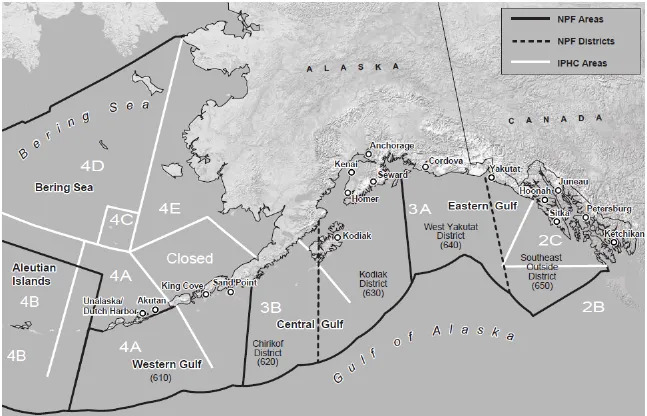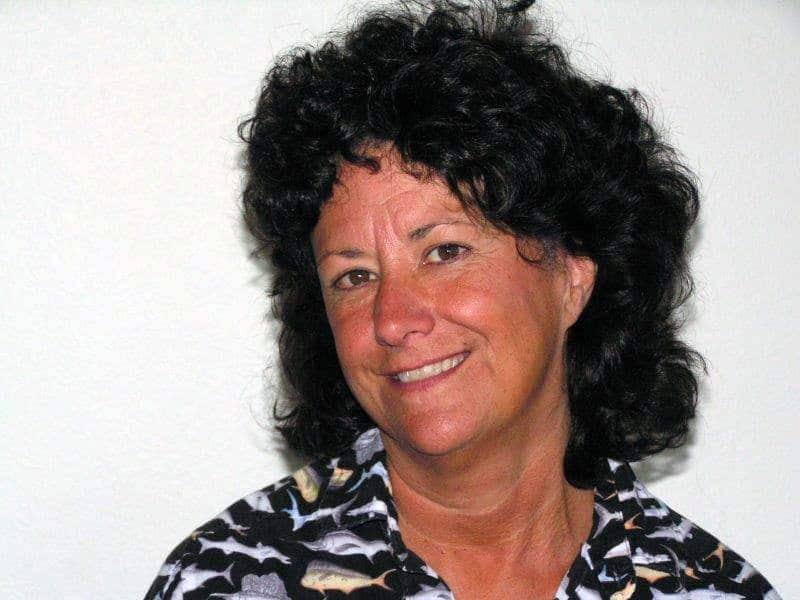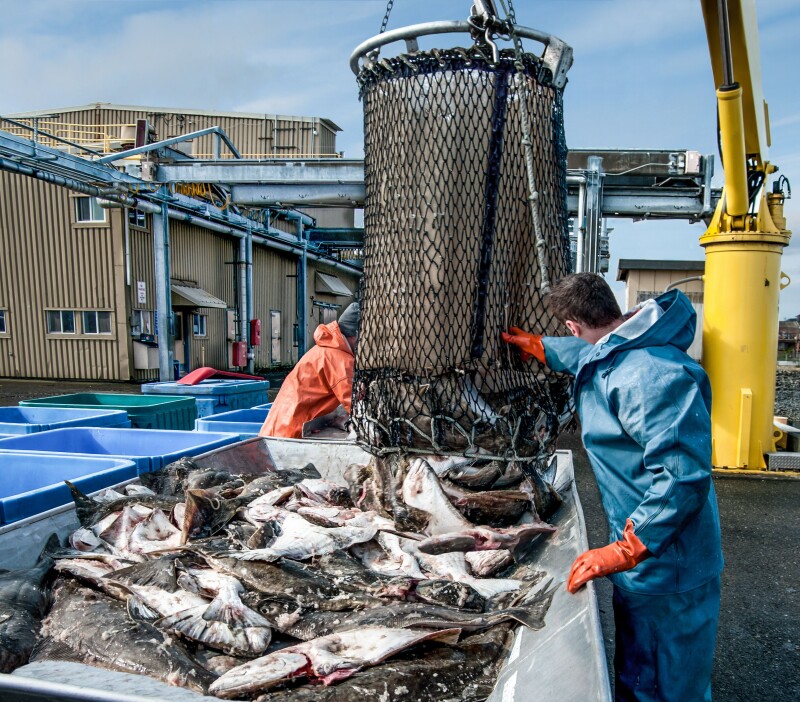Bad weather and some last-minute paperwork scrambling at NOAA Fisheries combined to produce low catches during the first weeks of the Pacific halibut fishery.
By April 1, just 3 percent of the 23.79 million pound fishery limit for 2025 had been harvested since the March 20 opener. That poundage applies to the catches for commercial fishermen, sport charter operators, anglers, and subsistence users along the west coast and British Columbia/Canada to the far reaches of Alaska’s Bering Sea.
Alaska always gets the lion's share of the annual commercial halibut catch and for 2025 it totals 19.7 million pounds, a 2.7 percent decrease from 2024. Reports by NOAA Fisheries show that 873,366 pounds were taken by Alaskan fishermen through April 7, compared to 1,223,849 pounds taken during the same time in 2024, a drop of nearly 29 percent.
As always, the first fresh halibut of the year fetched high prices, although early information was sketchy due to the low landings. Many ports have had so few deliveries that the data remain confidential.
At Seward, prices to fishermen started out at $7 per pound across the board, according to Alaska Boats and Permits in Homer.
Fishermen delivering to Sitka received $6.50 for 10-20 pound fish, $7.25 for 20-40 pounders, and $6.75 for 40 ups. At Homer, the prices for the same split were $6.00, $6.30, and $6.60 per pound.
Meanwhile, ongoing tariff disputes between the U.S. and Canada “will impact the processing and distribution of fresh and frozen halibut this year,” predicted Rob Reierson, CEO of global trading company Tradex based in British Columbia. “It’s anyone’s guess where trade dynamics will settle,” he added, “but tariffs would drive up costs, disrupt supply chains, and create price volatility.”
The first fresh halibut of the year at retail was priced at $39.99 per pound at Pike Place Market in Seattle and at $329 for five pounds at New Sagaya in Anchorage, or $65.80 per pound.

Bleak outlook for the Pacific halibut stock
The coastwide “total removals” of halibut allowed for 2025 is 29.72 million pounds, a drop of 15.76 percent from 2024. For commercial fishermen, a catch limit of 19.7 million pounds is a decrease of 18.02 percent from the 2024 fishery.
The International Pacific Halibut Commission (IPHC) sets the catch limits each January, which has tracked and managed the stock for 101 years.
According to stock distribution reports by the IPHC, the directed coastwide commercial fishery catch rates in nearly all areas for 2024 were at or near the lowest observed in the last 40 years. The absolute level of spawning biomass is also estimated to be near the lowest observed since the 1970s.
IPHC scientists said in January that the lack of survey sampling in the Aleutian Islands and Bering Sea region “has resulted in increased uncertainty in both the trend and scale of the stock distribution in this region.”
The scientists concluded that “Environmental conditions continue to be unpredictable, with important deviations from historical patterns in both oceanographic and biological processes observed across the stock range in the last decade.”
Meanwhile, the IPHC is facing a funding crisis that might cause severe cutbacks in the annual halibut stock surveys.







